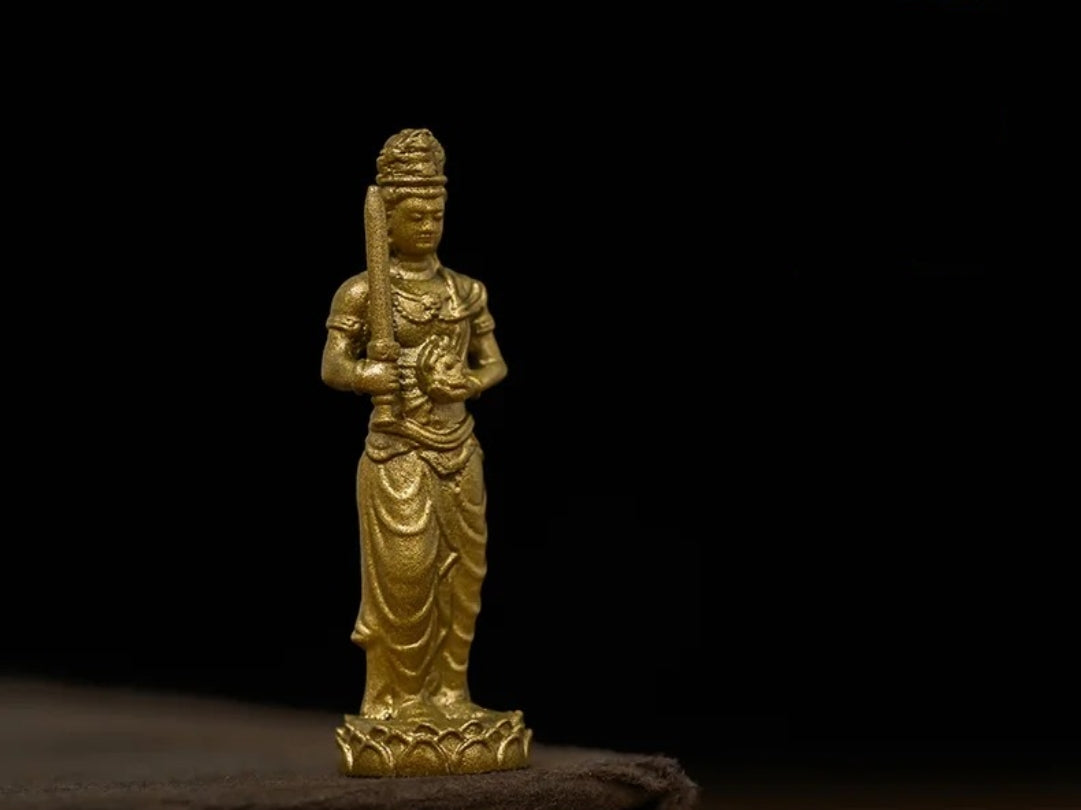Tibetan necklaces are more than ornament — they’re portable stories. For people drawn to Himalayan art and Buddhist aesthetics, a single pendant can hold layers of meaning: protection, compassion, health, long life, or a reminder to stay present. This guide will help you quickly read the most common symbols, colors, and stones found on Tibetan necklaces so you can make informed, respectful choices when you buy or wear one.
Quick key: what to look for first
When you first see a Tibetan necklace, ask three simple questions:
-
What symbol is central? (Lotus, conch, vajra, wheel, etc.)
-
What materials are used? (Turquoise, coral, silver, brass)
-
Is there a mantric inscription or tiny gawu (shrine box)?
These clues give you the necklace’s primary message — whether it’s about compassion, protection, healing, or long life.
Common symbols and their meanings
Lotus — purity, awakening, spiritual growth
The lotus grows through mud yet blooms clean. In jewelry, a lotus motif signals the wearer’s aspiration toward clarity and compassion. A lotus pendant or lotus-mounted stone is a popular choice for people seeking a gentle spiritual reminder.
Conch (White Shell) — truth and Dharma proclamation
The right-turning conch represents the clear, far-reaching sound of the Buddha’s teaching. A conch motif on a Buddhist pendant suggests speech that benefits others and the spreading of wise speech.
Endless Knot — interdependence and continuity
This endless woven loop stands for how causes and effects interconnect. It’s a subtle emblem that suits someone interested in the ethical and relational dimension of practice.
Dharma Wheel (Dharmachakra) — ethical direction and practice
A small wheel motif signals the turning of the teachings; it often appears on pendants aimed at reminding the wearer to live according to ethical principles.
Vajra / Dorje — indestructible clarity and resilient will
The vajra symbol is a traditional ritual implement; as a pendant it often represents inner strength and the power to cut through confusion.
Longevity Lock — protection and long life
Shaped like a little clasp that cannot be opened, the longevity lock is a common charm in Tibetan jewelry. It’s intended as a talisman for health and long life, especially for children and elders.
Stones, colors, and what they signal
Turquoise — protection and healing
Turquoise is one of the most iconic stones in Tibetan jewelry. It is associated with protection against harm and with general well-being. A turquoise bead necklace or inlaid pendant reads as both traditional and practical.
Coral — life force and social blessing
Red coral carries connotations of vitality and social flourishing. In Tibetan culture it’s used to enliven a piece and signal auspicious energy.
Lapis / Blue Stones — clarity and insight
Deep blue stones like lapis lazuli are linked with mental clarity and wisdom. They pair well with Manjushri (wisdom) motifs and are a thoughtful choice for study-related intentions.
Clear Quartz — focus and amplification
Quartz is often used to amplify intention. For those who use necklaces as meditation aids, quartz elements can feel like a practical support.
Metal tones — context & ritual resonance
Silver and brass are common in Tibetan necklaces. Silver often reads as ritual-pure and refined; brass or bronze can feel earthy and connected to older metalworking traditions.
Special forms: gawu, mani, and shrine pieces
-
Gawu (shrine box) pendants contain tiny painted images or mantras and are treated like portable altars — keep them dry and reverent.
-
Mani inscriptions (Om Mani Padme Hum) may be engraved, stamped, or hidden inside a bead; these are devotional and work well for people who want a wearable reminder to cultivate compassion.
-
Thangka miniatures set inside gawu boxes preserve the aesthetic of painted Thangkas at a wearable scale.
How to choose for your life or intention
-
Decide your priority: protection, compassion, health, study, or longevity.
-
Match symbol to intention: e.g., lotus for spiritual practice, longevity lock for family health, turquoise for protection.
-
Pick a form that fits daily life: discreet rings and small pendants are classroom/office-friendly; gawu boxes are meaningful for meditation and travel.
Care, etiquette, and authenticity tips
-
Care: keep hand-painted pieces away from direct sunlight and moisture. Wipe metals with a soft cloth; avoid harsh chemicals.
-
Etiquette: if an item is consecrated, treat it respectfully—don’t place large sacred images on the floor and avoid wearing them in bathrooms.
-
Authenticity: ask sellers about materials and origins. Named workshops, artisan cooperatives, or clear provenance indicate ethical sourcing and help preserve craft traditions.
A final word on meaning vs. style
Symbols in Tibetan necklaces carry cultural and devotional weight. You don’t have to be a practitioner to appreciate the beauty and intention behind a piece, but learning basic meanings and wearing symbols respectfully helps keep the tradition alive. Choose a necklace that speaks to you, care for it, and learn its story — small acts that turn an object into a meaningful companion.
If you’d like a simple cheat-sheet for quick symbol lookup or practical care tips to save, we’ve created a printable version at QiLing Aura to help buyers make confident, respectful choices.














